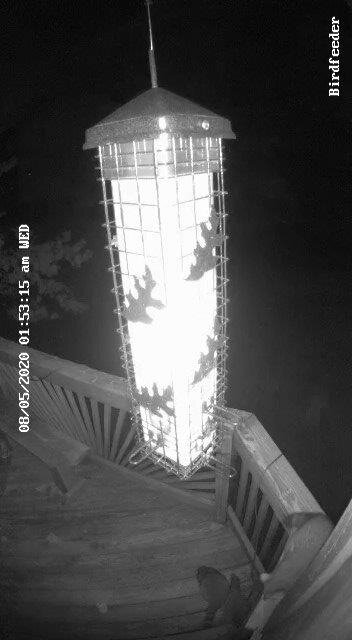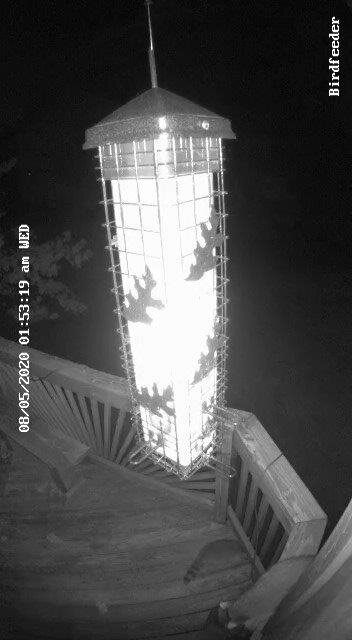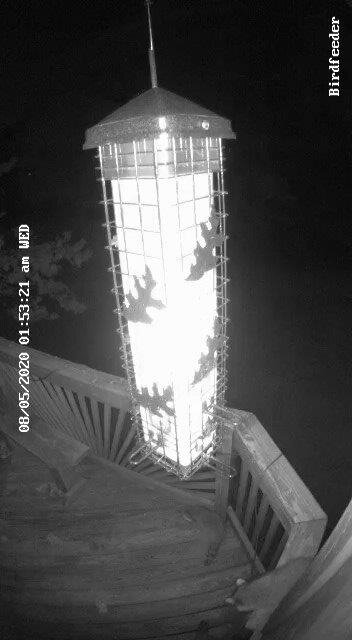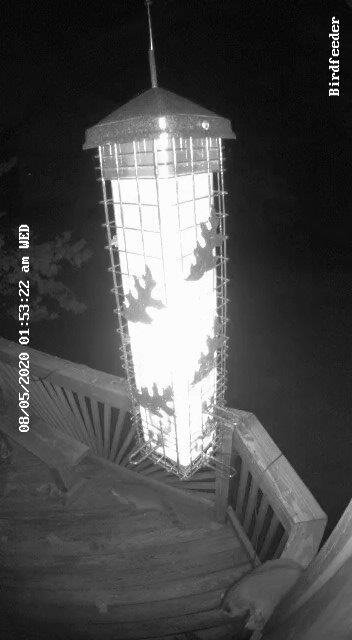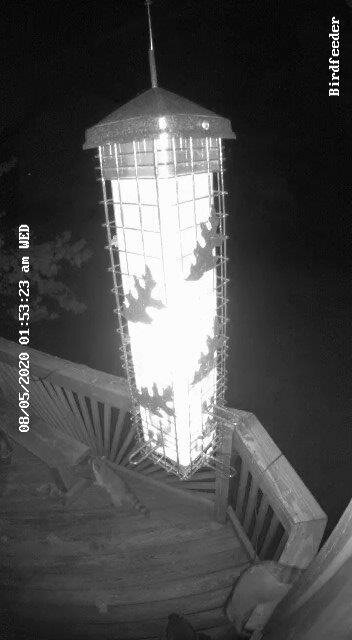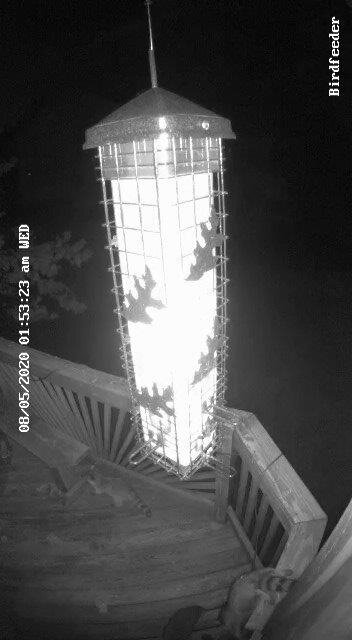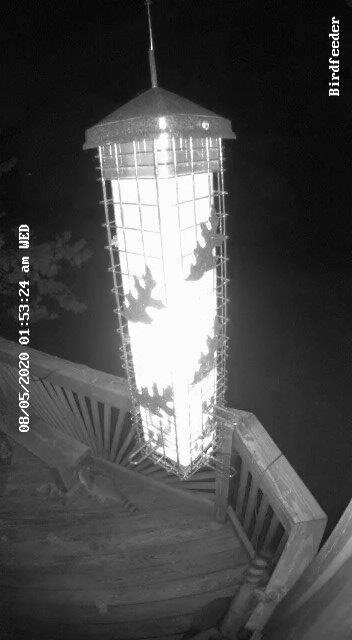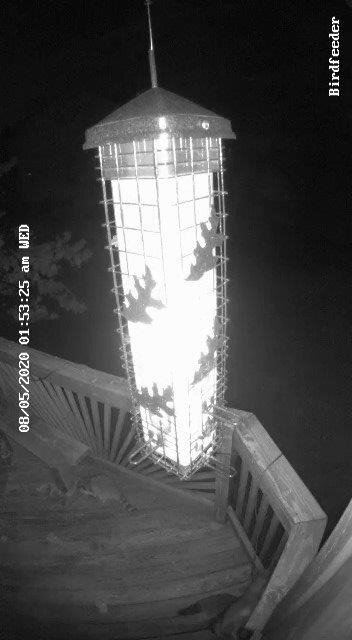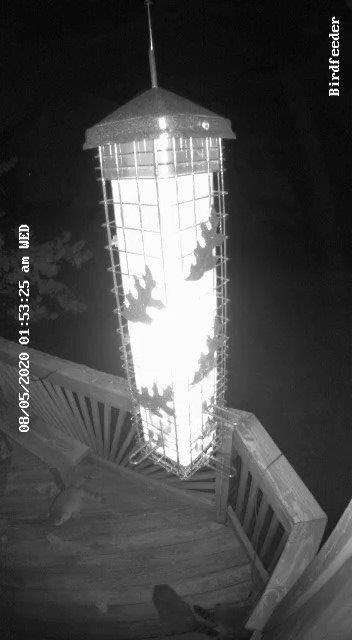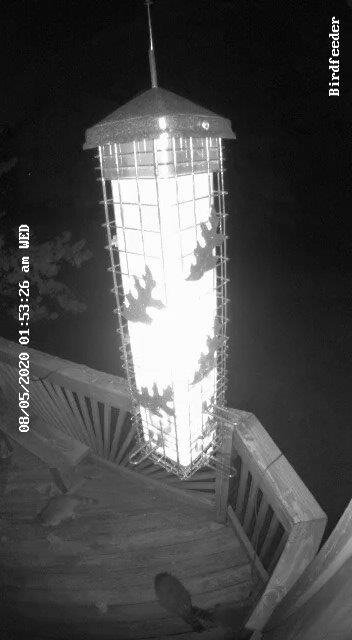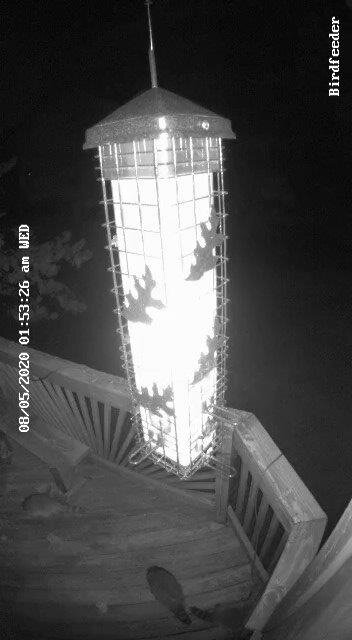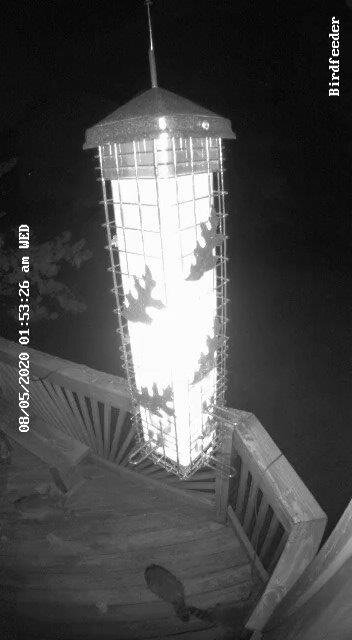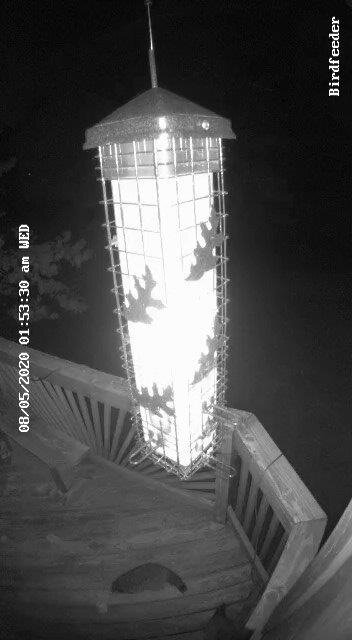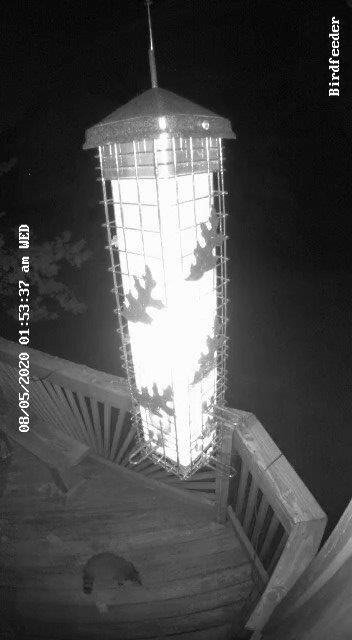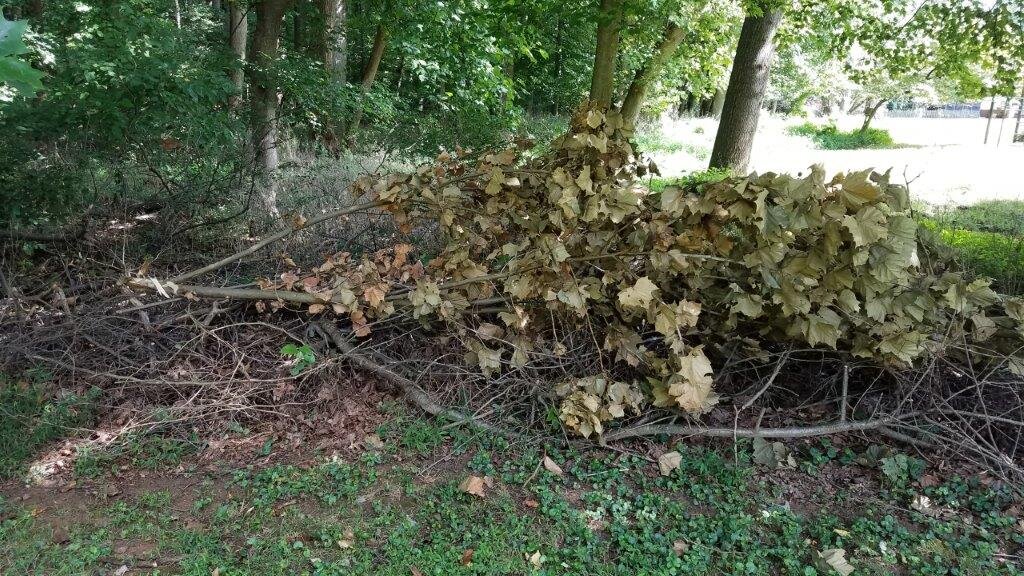Gleanings of the Week Ending August 31, 2024
/The items below were ‘the cream’ of the articles and websites I found this past week. Click on the light green text to look at the article.
A 13,600-year-old mastodon skull is unearthed in an Iowa creek - Researchers will now scrutinize the bones to look for “any evidence of human activity, such as cut marks.”
Wildlife Photographer Captures Intimate Photos of Alaska’s Grizzly Bears – The bears of Lake Clark National Park. Wildlife photographers from around the world started coming to the Kenai Peninsula in Lake Clark National Park around 15 years ago, but they can’t get up close to the bears without a trained guide close by.
Solar Energy Revolution Brewing In Arkansas, With An Assist From GM - As of Q1 2024, Arkansas ranked #27 on the state-by-state rankings of installed solar capacity tracked by the Solar Energy Industries Association. One area that has seen some healthy activity is rooftop solar and other small-scale projects. According to the figures kept by SEIA, a single utility-scale solar project in Chicot County accounted for an outsized share of the 1,122 megawatts of installed capacity (140 megawatts). Last week GM announced that it has entered a PPA for electricity from the largest ever solar energy project in Arkansas so far, the Newport Solar project. Located in the town of Newport, the 180-megawatt project comes under the umbrella of the firm NorthStar Clean Energy, a branch of CMS Energy.
Say 'aah' and get a diagnosis on the spot: is this the future of health? - Analyzing the color of the human tongue. The proposed imaging system can diagnose diabetes, stroke, anemia, asthma, liver and gallbladder conditions, COVID-19, and a range of vascular and gastrointestinal issues.
The weird way the Los Angeles basin alters earthquakes - The enormous five-mile-deep (8km), sediment-filled basin that LA is built upon plays a surprising role in the effects felt above ground. Imagine the Los Angeles basin as a giant bowl of jelly – the dense rocky mountains and underlying rock make up the bowl, while the sediment fill is represented by the gelatinous mixture. If you shake the bottom [of the bowl] a little bit, the top flops back and forth quite a bit. And atop this quivering mass of jelly is the megacity of Los Angeles. Other cities built on basins: Seattle, Portland, Salt Lake City, Mexico City, and Tehran.
Rethinking the dodo - The Dodo was the first living thing that was recorded as being present and then disappeared. Researchers went through all the literature on the Dodo encompassing hundreds of accounts dating back to 1598 and visited specimens around the UK, including the world's only surviving soft tissue from the Dodo, in the Oxford Museum. They confirm that the bird was a member of the columbid (pigeon and dove) family. Contrary to previous assumptions about its demise, it was almost certainly a very active and fast animal.
Elite Woman’s Grave Found in an Abandoned Fortress in Mongolia - The fortress of Khar Nuur was part of a system of walls and fortresses that spanned nearly 2,500 miles. Radiocarbon dating of the burial indicates that it dates to between A.D. 1158 and 1214, after the fortress had been abandoned, and likely between the fall of the Khitan or Liao Empire in A.D. 1125 and the rise of the Mongolian Empire in A.D. 1206. The researchers explained that the burial is one of only 25 graves dated to this period that have been found in Mongolia. The woman was between the ages of 40 and 60 at the time of death, and she was dressed in a yellow silk robe and headdress made of materials likely imported from China. Her coffin, made of non-local wood, also contained gold earrings, a silver cup, a bronze vessel, a gold bracelet, and coral and glass beads.
The banana apocalypse is near, but biologists might have found a key to their survival - Today, the most popular type of commercially available banana is the Cavendish variety, which was bred as a disease-resistant response to the Gros Michel banana extinction in the 1950s from Fusarium wilt of banana (FWB). For about 40 years, the Cavendish banana thrived across the globe in the vast monocultured plantations that supply the majority of the world's commercial banana crop. In the 1990s, a new strain of the Fusarium fungus started causing problems….and the research race was on to save bananas.
Florida is building the world's largest environmental restoration project - In February 2023, a large digger broke ground on a multi-billion-dollar project that has been decades in the making: building a reservoir the size of Manhattan Island. The reservoir, which is part of an historic restoration of the Everglades ecosystem, is intended to help bring a secure, long-term supply of clean drinking water to Florida's residents. The whole project is due to be completed in 2029.
Streetlights Helping Trees Defend Against Insects - Streetlights left on all night cause leaves to become so tough that insects cannot eat them, threatening the food chain. Decreased herbivory can lead to trophic cascading effects in ecology. Lower levels of herbivory imply lower abundances of herbivorous insects, which could in turn result in lower abundances of predatory insects, insect-eating birds, and so on.

